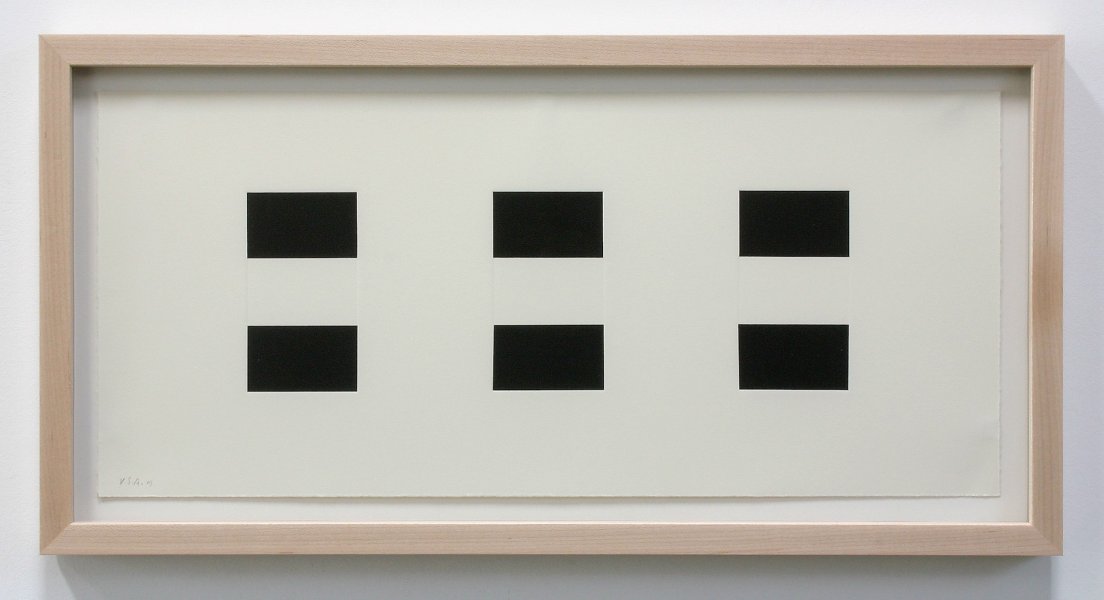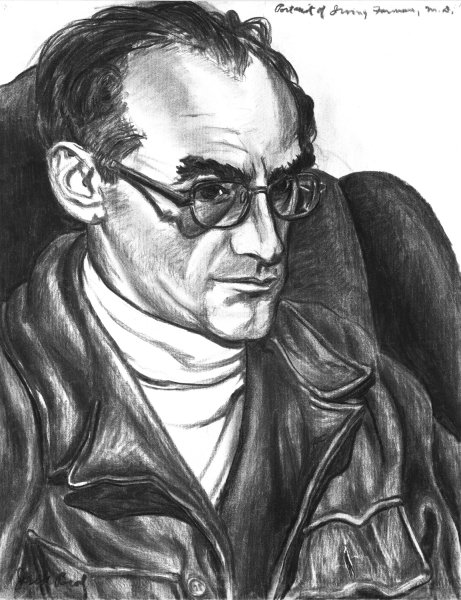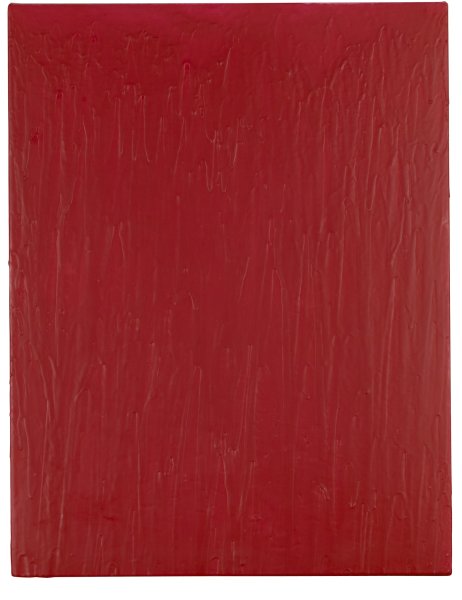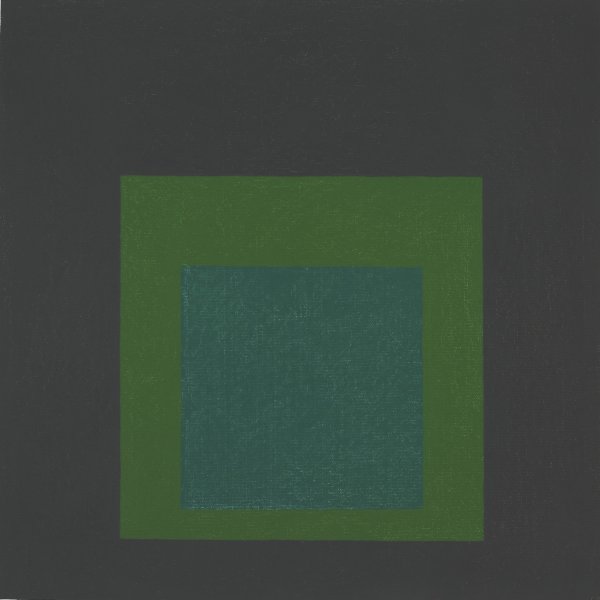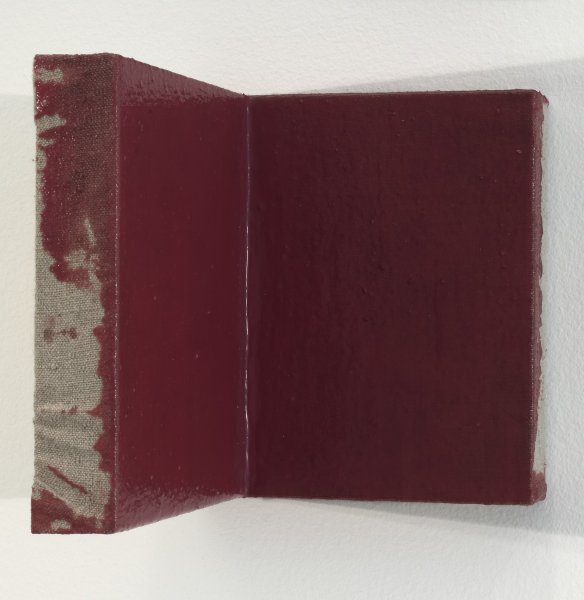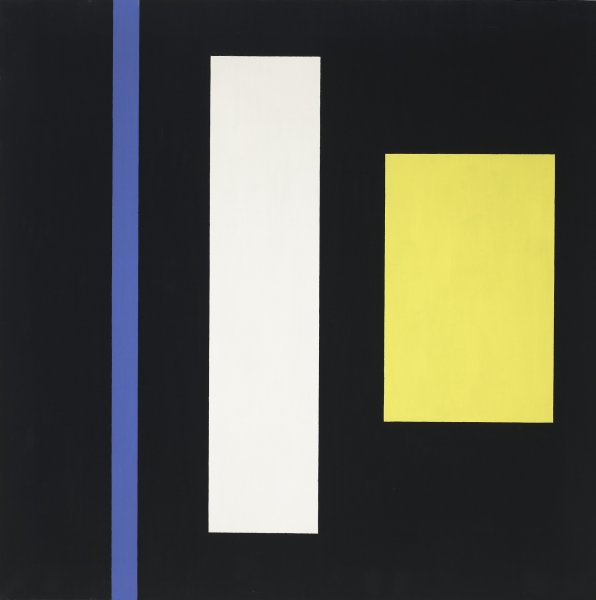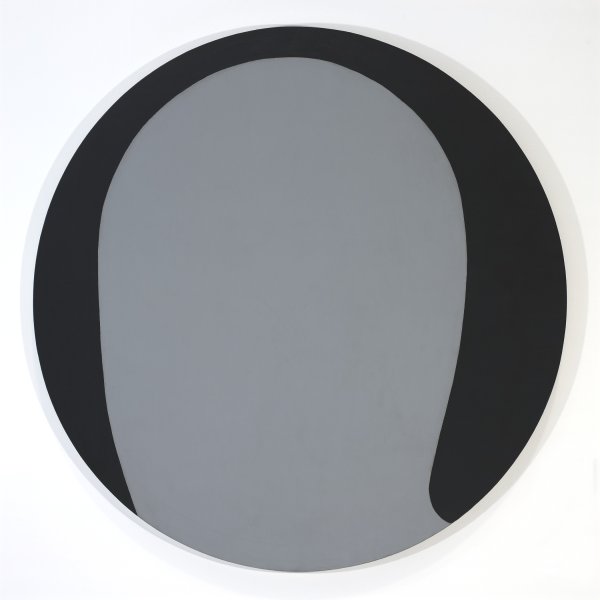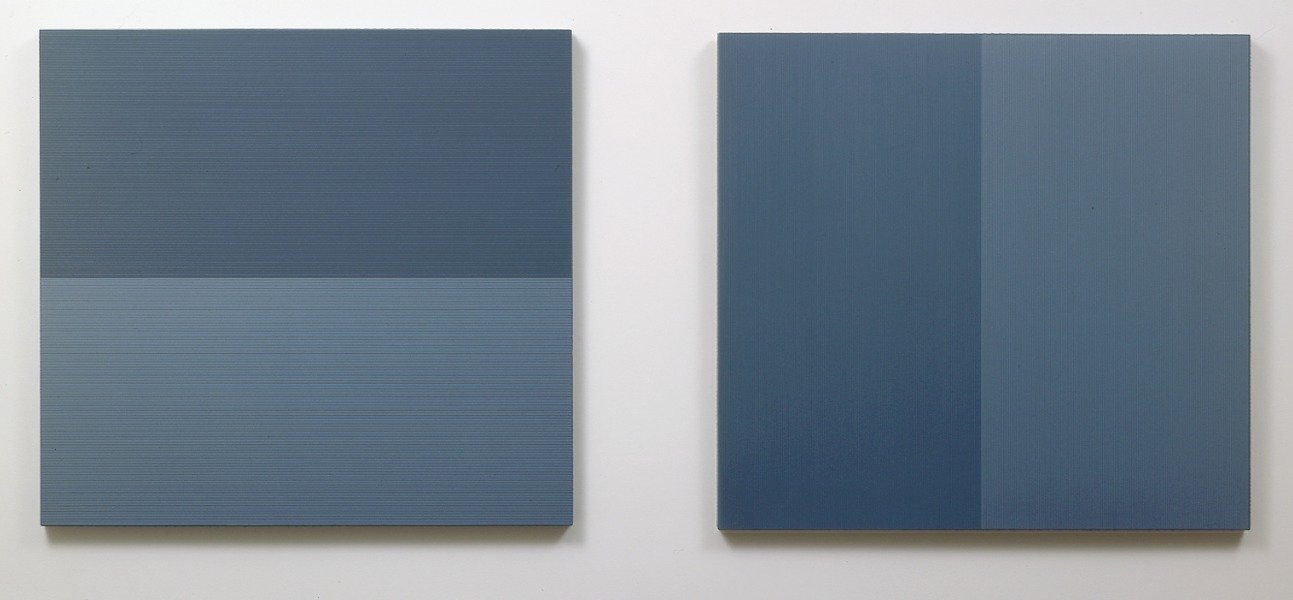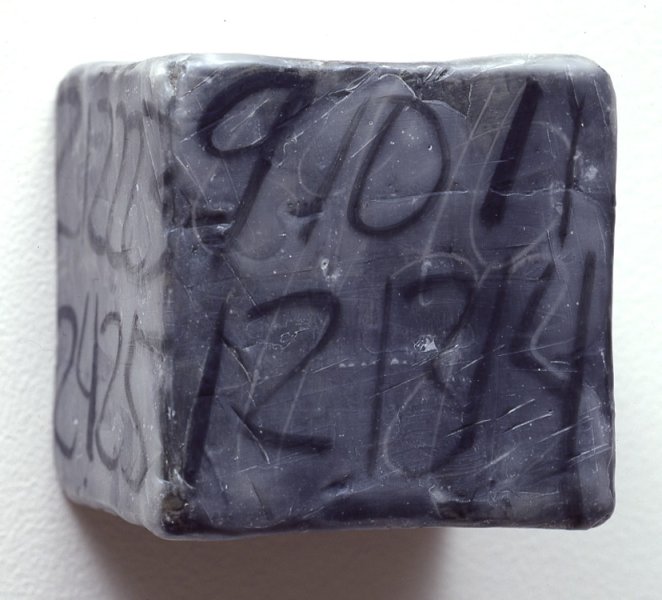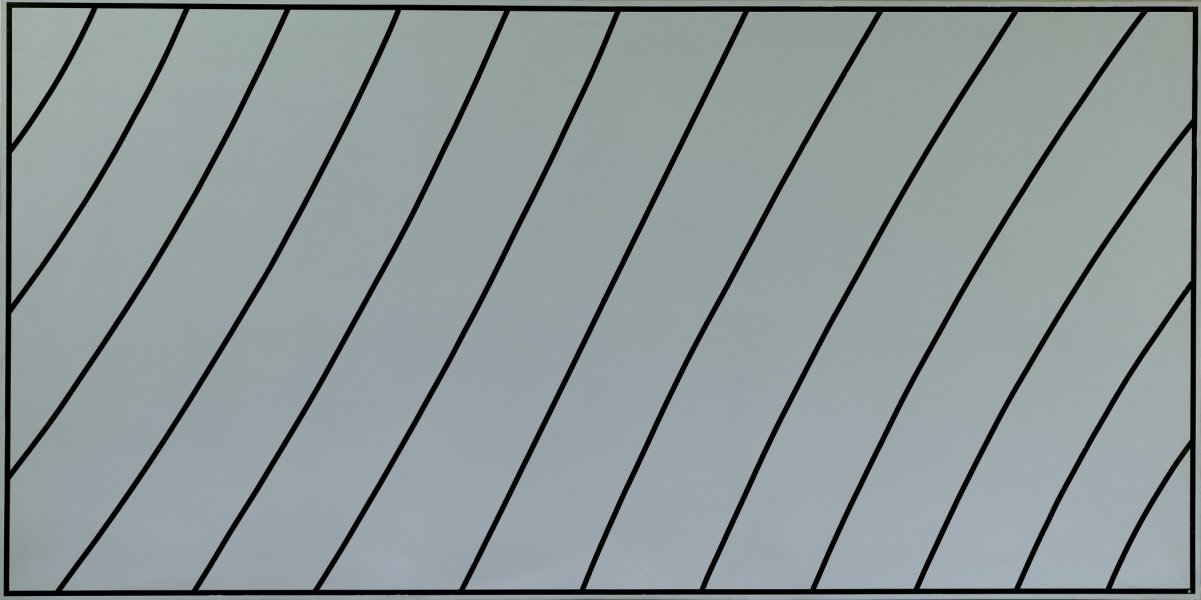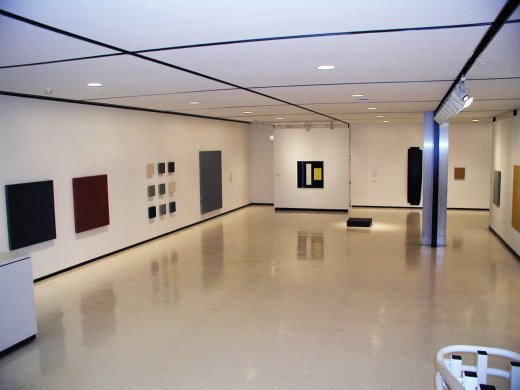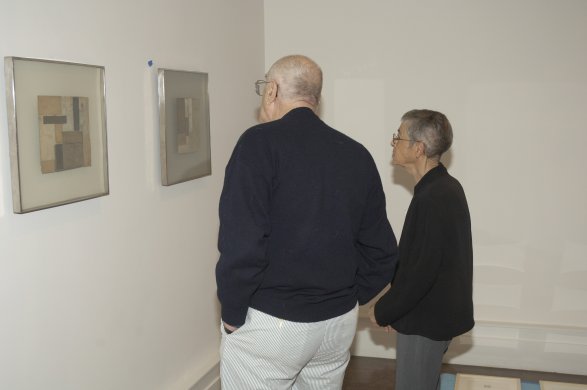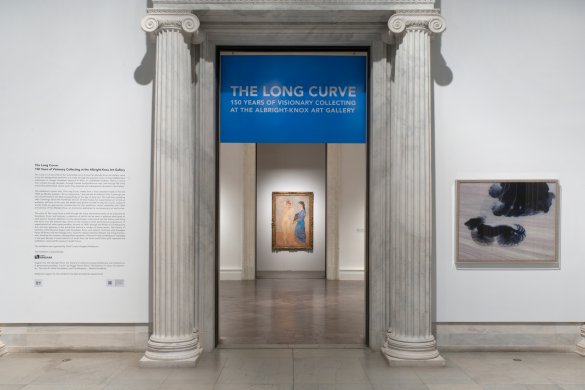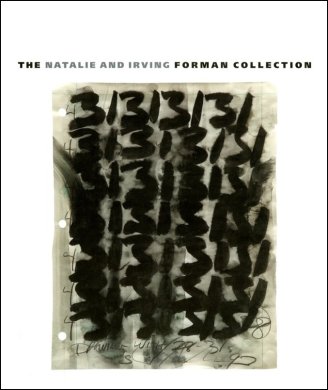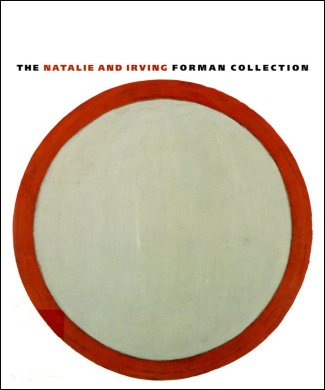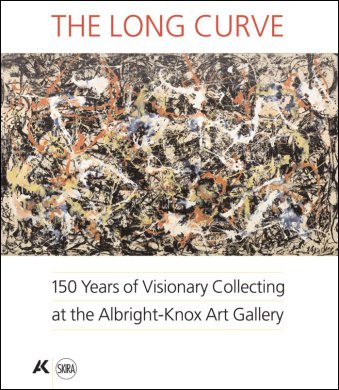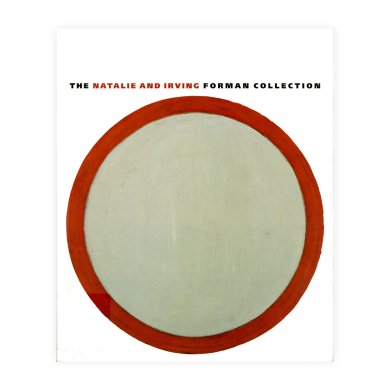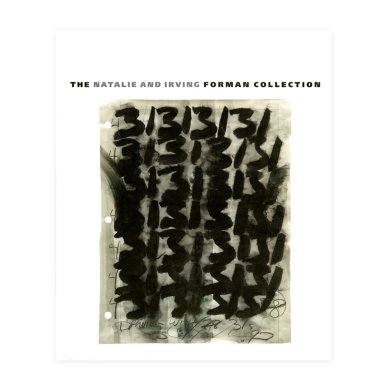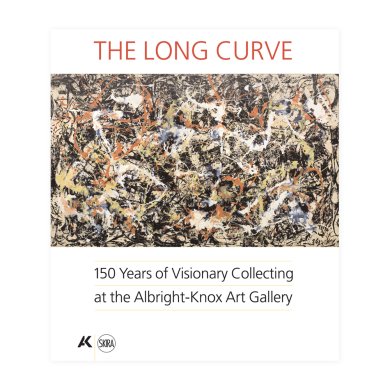Learn more about the Natalie and Irving Forman Collection.
Irving Forman
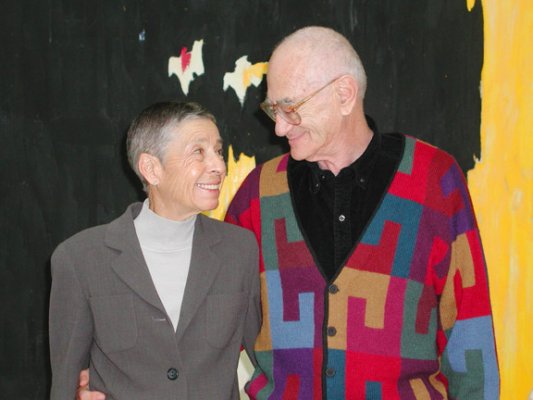
Irving Forman and his wife Natalie began collecting art in the 1950s and continued to collect for nearly 50 years. They lived in their native Chicago for 35 years and acquired contemporary art during their frequent visits to New York. One of the first works that the Formans purchased on such a trip was a small sculpture by Pablo Picasso. However, they soon became interested in non-objective art, and around 1960 were among the first collectors to purchase works by Robert Ryman, the famous Minimalist and Conceptual painter.
In addition to their purchases, the Formans received many works as birthday and thank-you gifts from artists with whom they had cultivated deeply personal relationships. Throughout their lifetime together, the couple amassed one of the most important collections of monochromatic art—richly nuanced paintings and works on paper that are primarily one color—in the world, including works by Josef Albers, John Beech, Burgoyne Diller, Marcia Hafif, James Howell, Joseph Marioni, John Meyer, Phil Sims, and Peter Tollens.
Retiring in 1985, the Formans left Chicago for Santa Fe, New Mexico. In the process, they sold and donated a large part of their collection to museums throughout the United States, including the Art Institute of Chicago, Chicago Museum of Contemporary Art, University of California Berkeley Art Museum, and the Milwaukee Art Institute. They brought the remaining works to their newly renovated home in Santa Fe. Art was integral to the design of the house, and was installed indoors and out, in private living space, as well as in the home’s formal gallery.
By 2001, the Formans began to search for a proper repository for their vast collection. Prior to moving to Buffalo to assume his position as Albright-Knox director in 2002, Louis Grachos visited the Formans to see their collection and discuss with them the possibility of donating it to the museum. As a result, in 2003, the Formans gifted 161 paintings and sculpture and nearly 200 works on paper from their collection. This gift is particularly noteworthy for its relevance and significance to the museum’s collection of abstract art. It remains the single largest group of works to be donated at one time to the museum.
In a 2003 interview, Natalie Forman stated that the couple’s taste for minimal and primarily monochrome works “grew out of the early 1900s Russian philosophy that things can easily exist in their own unique forms.” For many years, the works in the Forman collection graced the walls of the couple’s homes. Now at the Albright-Knox, this collection evokes pause and reflection in viewers, as it contains delicate subtleties best appreciated after extended and repeated observation.
The Formans also donated their personal archive, which includes letters of correspondence between the couple and the artists in their collection, to the museum’s special collections in the G. Robert Strauss, Jr. Memorial Library. The Natalie and Irving Forman Papers reveal the couple’s acute sense for acquiring the art of their time, as well as the close relationships they built and maintained with many of the artists whose works they collected.
